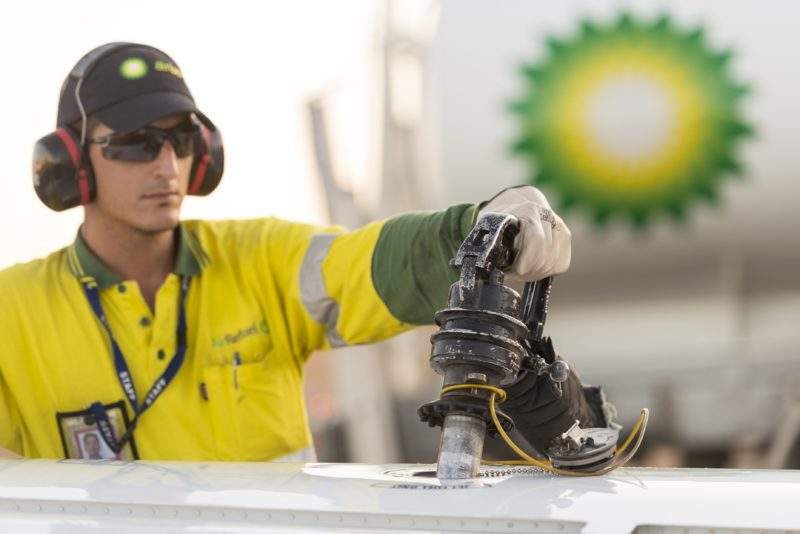
One of the pervasive challenges of the aviation industry is misfuelling, which essentially means delivering the incorrect grade of fuel to an aircraft. The problem usually affects general aviation aircraft, albeit smaller planes, with a capacity of around 20 passengers, can be impacted.
It was the advent of commercially viable jet fuel in the 1950s that created this misfuelling risk. Today, it is almost always a man-made error, stemming from the fact that there are many nearly identical aircraft in operation around the world. But this mistake can have serious consequences: delivering the wrong fuel can lead to engine failure soon after take-off.
“The ultimate consequence is a fatality, where the aircraft crashes,” says Air BP’s technical services director Justin Walker. “It’s something that normally happens straight after take-off. But it can actually happen progressively through the flight – the wrong fuel can create a detonation in the engine of the aircraft and that will create a failure in the engine and basically the engine falls to pieces.”
In 2015, a pilot was killed in the US after his single engine plane plunged to the ground. Following the tragic accident, two separate investigations from the US Federal Aviation Administration and the National Transportation Safety Board ascertained that the aircraft had been refuelled with 52 gallons of jet fuel, when it should, in fact, have been refuelled with aviation gas (avgas).
In a similar incident in Canada, a plane malfunctioned shortly after take-off and crashed, again because it had been filled with turbine engine fuel instead of avgas. Thankfully, all eight passengers on board survived.
“There is new aircraft coming into the market that operate on a diesel style of compression engine, and there’s also unleaded avgas coming into the market as well, so it’s an increasing problem,” Walker says.
Safe2Go: a digital solution to a human error
Bearing these risks in mind, Air BP set out to eliminate that “one in a million” human error that can happen when fuelling a plane with the launch of Safe2Go, a new digital platform to enhance safety, reliability and compliance in airport fuelling operations.
In May, Air BP officially launched its patented airfield automation technology, which marks the first commercially deployed system in the world to provide an engineering barrier to help prevent misfuelling.
“Air BP’s Airfield Automation technology includes the cloud-based platform Safe2Go,” Walker explains. “This platform consolidates all the data associated with Air BP’s refuelling operations. The front end of the Airfield Automation system is an app on a hand-held device, similar to an industrial-style mobile phone. The app is also integrated so that it captures all the fuel volume readings from the meter on the vehicle and it performs a number of checks that need to be satisfied electronically before the refuelling starts.”
The app then electronically captures customer details, which are confirmed with an electronic signature from the pilot or airline. By using this system, accuracy is enhanced and any potential miskeying errors are minimised, according to the company.
Future rollout
Before the launch, Air BP carried out a two-year trial of the technology at 40 different airports with over 2,800 different aircraft. At one airport alone, more than 5,000 aircraft fuellings were completed over a period of six months with the new technology, delivering over 46 million litres of fuel into customer aircraft.
“The trial was about first testing the device, so that we could ensure that we don’t have any so-called false positives,” Walker says. “We wanted to make sure that the technology was sound and that before we went on to global deployment, we had the solution that we wanted and that it was user-friendly.”
The plan is to equip 600 vehicles by mid-2020 with the technology. This year, Air BP is on track to install the hardware on 150 targeted aircraft vehicles. The company is also in the process of patenting the technology, but Walker highlights Air BP will be licensing it out to parties “for the benefit of the industry”.
“It’s a distinctive technology that avoids human error, that’s what we’re trying to achieve here,” he adds. “You can train people to the highest standards, but there’s the concept of one in a million where the brain will actually make a mistake. And that’s what we’re trying to prevent.”



